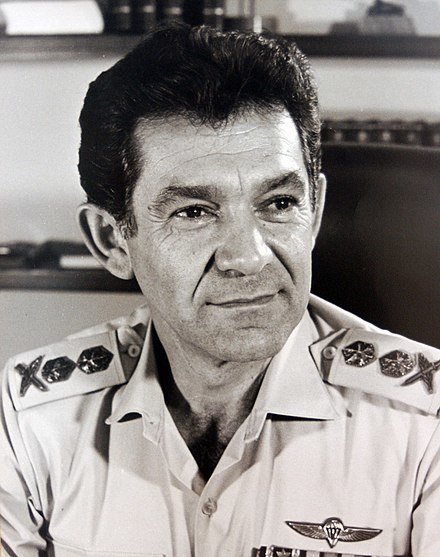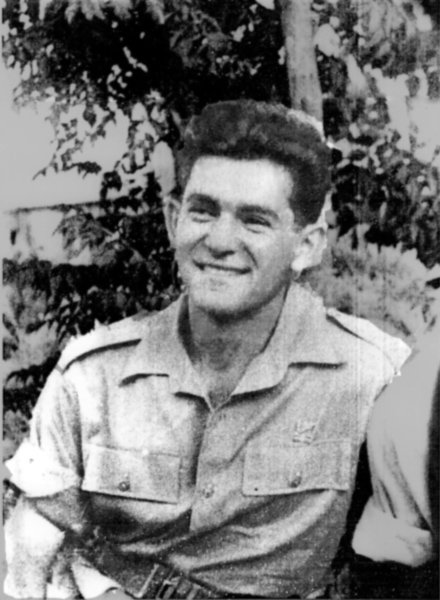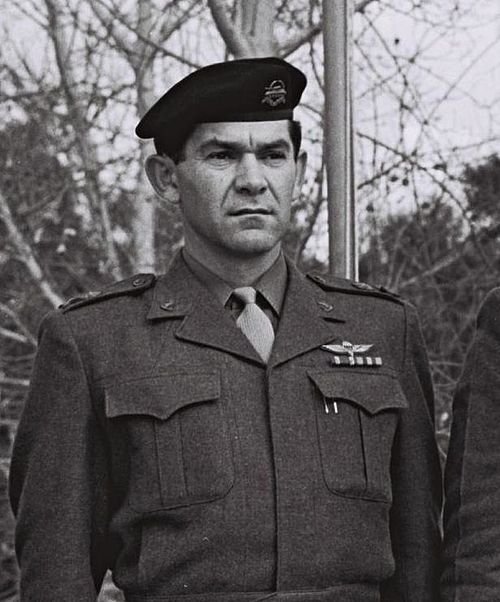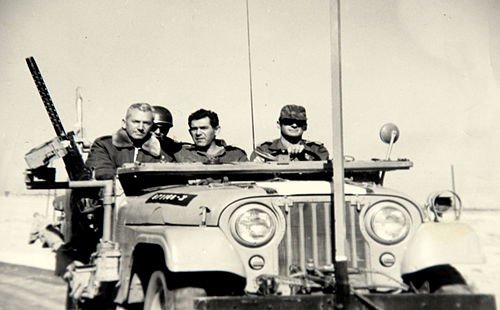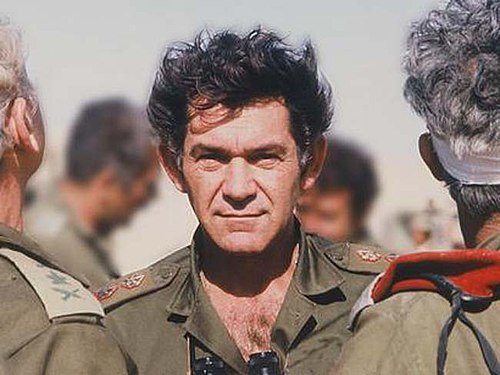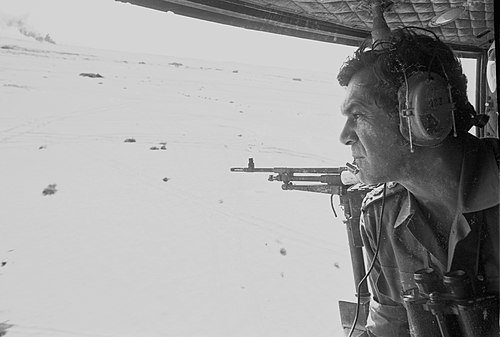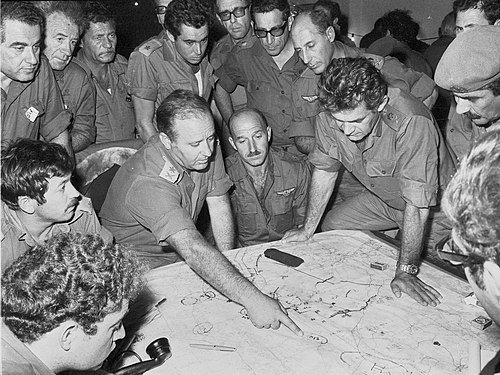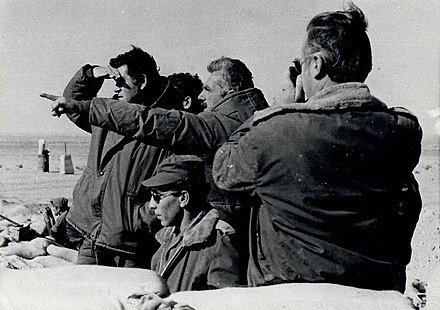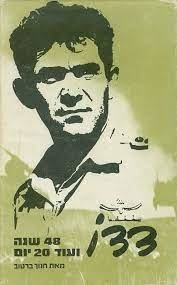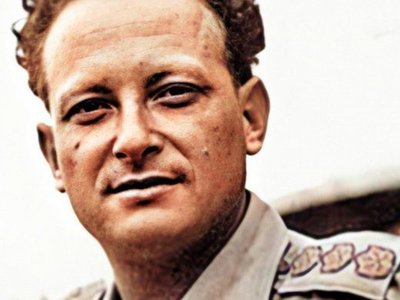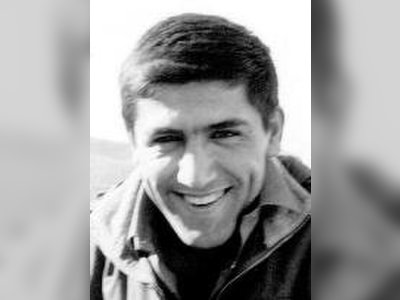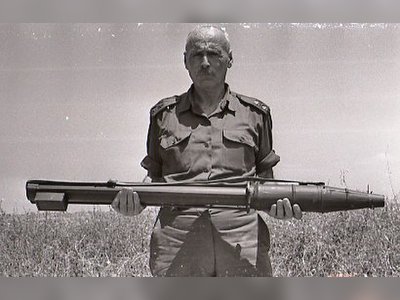David Elazar: The Military Leader of Israel
David Elazar, also known as "Dado," was a prominent Israeli military figure, serving as the ninth Chief of Staff during the Yom Kippur War and commanding the Northern Command during the Six-Day War.
Early Life and Background
Born on August 27, 1925, in Sarajevo, David Elazar hailed from a Sephardic Jewish family with Spanish roots who had migrated to the Ottoman Empire following the expulsion of Jews from Spain. His mother, Zehava, passed away when he was just six and a half years old, and he was raised by his grandparents. His father, Solomon (Shlomo), was a Yugoslav army officer.
At the age of 12, Elazar traveled to Zagreb, which is now the capital of Croatia, for his studies and joined the youth movement, the Young Guard. During this period, he met notable individuals like Haim Bar-Lev, who later became Haim Bar-Lev, and Felix Deutsch, later known as Felix Datan. Fearing the German invasion of Yugoslavia during World War II and due to the influence of Numrous Clauses, which restricted the education of Jewish students in schools, a group of Jewish youths, including Elazar, organized themselves to immigrate to the Land of Israel.
They successfully arrived in Israel at the end of 1940, just before the Nazi invasion of Yugoslavia. They reached Israel via Syria and Lebanon, despite holding certificates for youth immigration, they were detained in Atlit, an illegal immigrant camp. Elazar stayed there until March 1941 when he joined a second group sent to Kibbutz Sha'ar HaAmakim.
Later, due to the decision of the Young Guard, the group left Sha'ar HaAmakim to complete its training at Ein Shemer kibbutz. Afterward, following the decision of the Young Guard, the group left as a whole to Kibbutz Ein Shemer. Elazar was sent for further training and shortly after their arrival, he was chosen as the kibbutz secretary.
In 1946, he left the kibbutz to enlist in the Palmach, as his request for enlistment was initially rejected. Elazar served in Platoon Zayin (The Seventh Platoon) of the Haganah's Fourth Battalion and was later attached to the "Mishmarot" (Guard Units) under the command of Haim Pozenanski, named after Kibbutz Mishmarot, where they were stationed.
In 1947, he was a cadet in a course for future commanders in the guidance of Haim Bar-Lev at Kibbutz Dalia. Bar-Lev and Yigal Allon testified that even at that time, Elazar stood out as an outstanding cadet.
After the course, he was sent to serve in the Upper Galilee region to command a unit responsible for tours and infiltrating Arab forces into Syria, as well as accompanying immigrants during Operation Magic Carpet from the Middle Eastern countries.
During this period, he learned about Syria's preparations for war. In November, he returned to the Palmach, and in December, he participated in a retaliation operation against British military vehicles in Ramla and the raid on a weapons depot in the Latrun British Army base.
Beginning of Career in the IDF (Israel Defense Forces) 1948–1964
In early 1948, Elazar attended an accelerated course for platoon commanders in Netanya. During the War of Independence, he participated in various battles with the Fourth Brigade ("The Breakthrough Brigade") of the Harel Brigade, including the defense of Hulda, the battle for San Simon Monastery, and the conquest of the Old City of Jerusalem. Elazar was known for his calm under fire, his care for the wounded, and his ability to lead his soldiers effectively.
He quickly advanced in rank, partly due to his leadership qualities and partly because of the significant casualties within the Palmach. In late May 1948, he was appointed as the platoon commander, and in mid-July, he was appointed as the commander of the "Pioneers" Brigade in the Harel Brigade of the Palmach. In January 1949, during the second phase of Operation Horev, his brigade played a crucial role in battles around Rafah.
After the 1949 battles, Elazar attended the Palmach conference against orders, resulting in a reprimand and warning from Chief of Staff Yigal Allon. He then became a cadet in the second brigade commanders' course under the command of Yitzhak Rabin. During this time, he held the rank of lieutenant.
In January 1950, he was appointed as an instructor for Stage I of the third brigade commanders' course, and later that year, he was promoted to the rank of major. In June 1951, he was assigned as the chief instructor for Stage II of the advanced officers' course. He served in this role for three years, during which time his military philosophy solidified.
Alongside Haim Bar-Lev, Elazar was one of the senior officers to complete the paratroopers' course and earn his wings. On August 8, 1952, he married Tzalma, the daughter of poet, writer, editor, and translator Zvi Ard, one of the founders of Kibbutz Ein Shemer. Elazar later joined the kibbutz and lived there for several years.
In the mid-1950s, Elazar took on several staff roles. In 1952, it was decided to establish an additional headquarters for the three brigades ("Pikud 8"), and in June, Elazar was appointed as the Deputy Chief of Staff and Deputy Head of the Headquarters for the Pikud (Regional Command), under the command of Chaim Laskov.
However, the establishment of this headquarters did not come to fruition, and in 1953, he was appointed as the Deputy Chief of Staff for the Central Command. During this period, he studied alongside Israel Tal for the General Staff Course and successfully completed it. In early November 1953, he left for a study leave at the Hebrew University in Jerusalem.
Due to the kibbutz's refusal to grant him the leave, Elazar had to sever his ties with it. He lived in Jerusalem and studied economics and Middle Eastern studies for a year. In the eight years since he had enlisted in the Palmach as a "Young Guard" cadet, his political views had evolved, and he identified more with the activist stance of "Ahdut HaAvoda" (Unity of Labor) movement within the Mapai party.
In the years 1954–1955, Elazar served as the head of the Warfare Division at the General Staff. During this period, he often acted as an observer and even joined the combat force in retaliation operations to gather intelligence. At the end of 1955, he was appointed as the commander of the 12th Armored Brigade (Givati Brigade). On June 15, 1956, he was appointed as the commander of the Infantry School and was promoted to the rank of lieutenant colonel.
At the end of October 1956, Operation Kadesh (the Suez Crisis) began, during which his brigade operated in the Gaza Strip under his command. Elazar himself received the surrender letter of the Egyptian forces in the area from General Daway, and his brigade continued to secure the Gaza Strip. During this time, he decided to transfer to the Armored Corps.
On March 6, 1957, the withdrawal from the Gaza Strip took place, and on July 9, Elazar was assigned to the Armored Corps. According to the biographer Hanoch Bartov, the decision to transfer to the Armored Corps was the "beginning of his great leap" back into "the heart and soul of the IDF's activities and thinking," marking the start of his ascent to the top of the military establishment.
Given the circumstances, the Elazar family moved to live in the south of Israel, in Kfar Menachem, for four years. Elazar completed his full conversion to the Armored Corps during this time, which included more than eight months of training and, on March 15, 1958, he was appointed as the commander of the 7th Brigade.
Elazar's tenure as the brigade commander ended on April 15, 1959, and he was appointed as the Deputy Commander of the Armor Corps under the command of Haim Bar-Lev. During this time, he assisted Major Abraham Arnan in implementing his initiative to establish the General Staff's Sayeret Matkal unit.
On June 25, 1961, he was appointed as the commander of the Armor Corps and promoted to the rank of brigadier general. He also joined the General Staff of the IDF. During this period, the Elazar family moved to live in Herzliya, and later in Ramat Aviv. Elazar served in this position for three years and four months. During his tenure, he sought to elevate the status of the Armor Corps.
Among his initiatives for this purpose were the organization of the annual "Armor Corps Day," the establishment of a choir of 300 Armor Corps soldiers under the leadership of Yitzhak Gertsiani, the creation of a soccer team, and the leadership of the swearing-in ceremonies at Masada.
- דוד אלעזרhe.wikipedia.org
